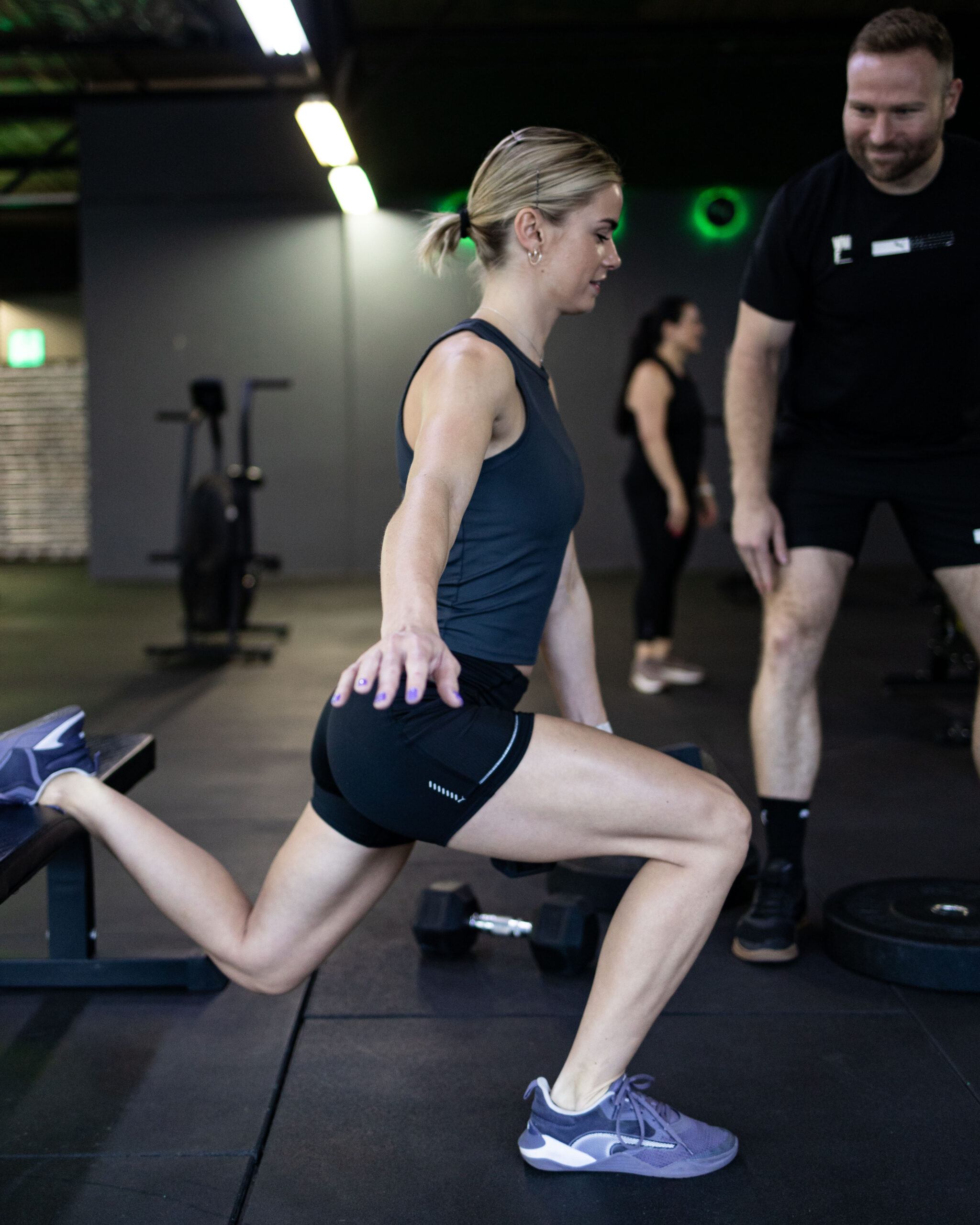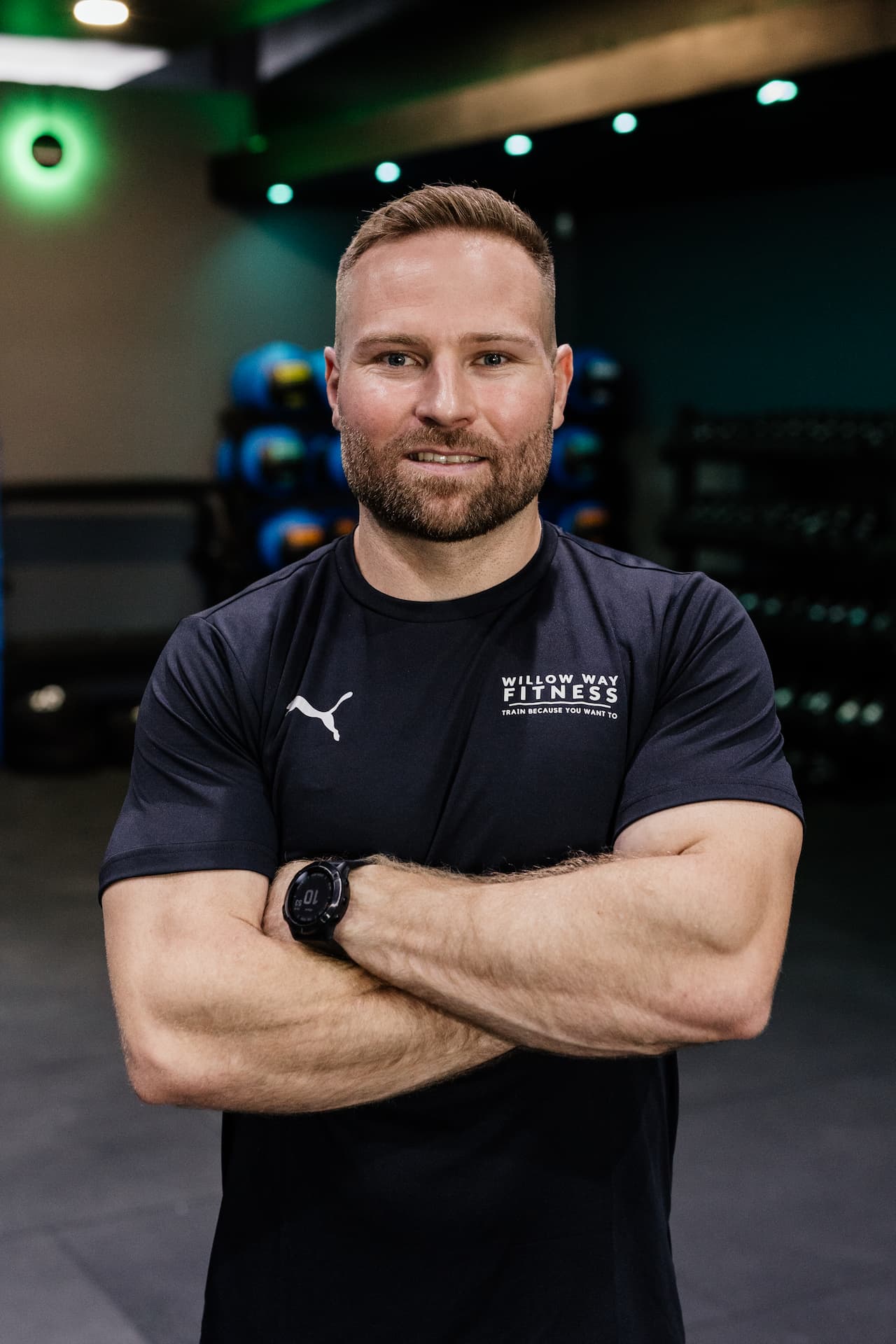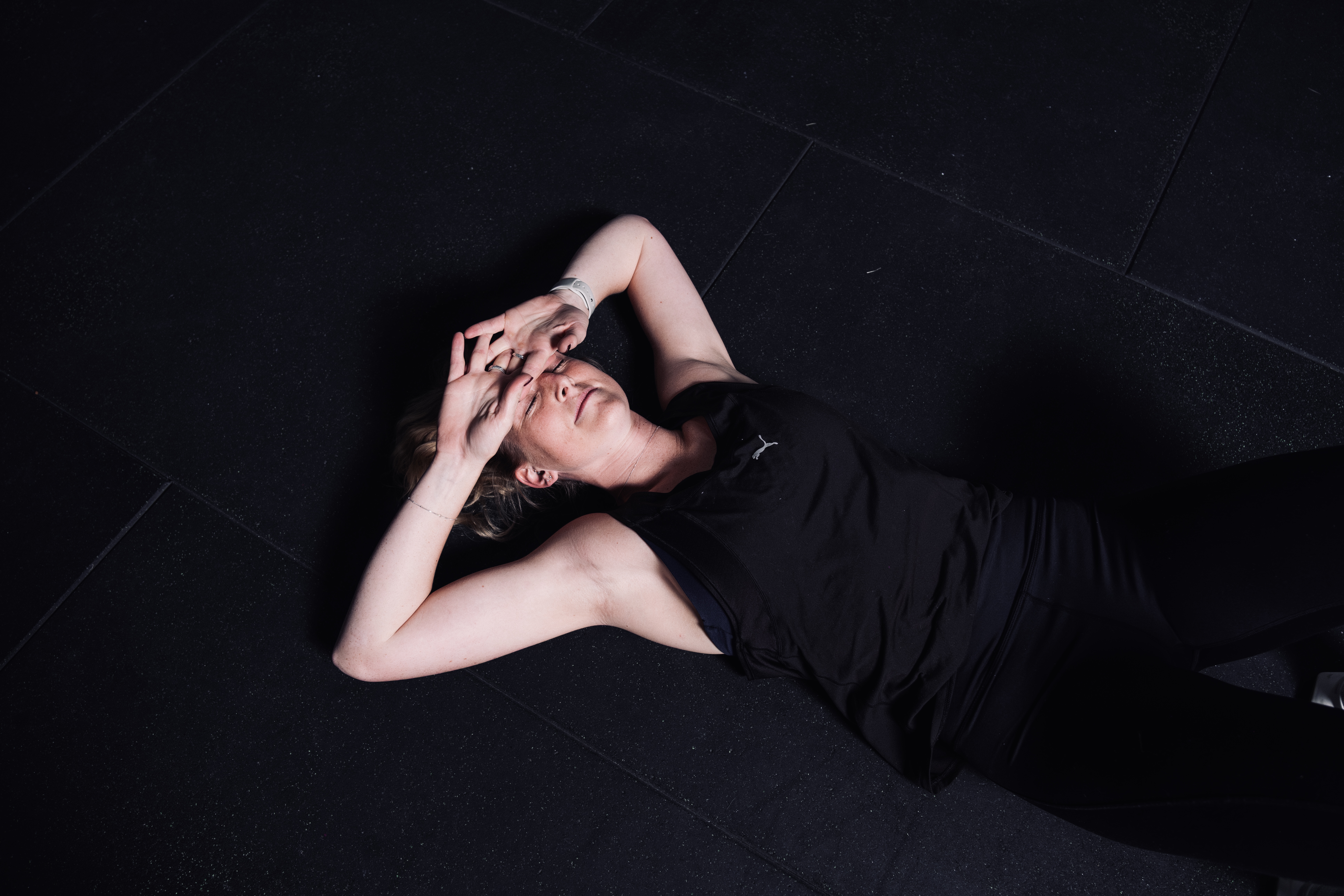For years, I struggled with knee pain. From anti-inflammatories and massages to needling, cupping, physiotherapists, and doctors — I tried it all. Eventually, I turned to the most recommended solution: rest. But it didn’t work. Rest gave me temporary relief, but the pain came back and it got worse over time. If you’re someone who loves staying active, you’ll get how frustrating it is to be side-lined. For me, fitness isn’t just about exercise; it’s about being able to do the things I love to do.
After three years of trial and error, here’s what actually worked for me:
1. Slow and Heavy Resistance Training
Strengthening the muscles around my knees with slow and controlled resistance training made all the difference. Tendons seem to prefer this kind of movement; fast, jerky motions just made things worse.
2. Exercise Modifications
I tweaked exercises that felt uncomfortable so I could keep moving without adding unnecessary pain. It’s not about stopping; it’s about finding what works to help keep you going.
3. Patience and Consistency
Recovery takes time. Progress wasn’t overnight. I stuck to the plan for months, knowing there would be good days and bad days. It’s just like training — consistency wins.
There Is No Injury Prevention
If you move, you can get injured. What we can do is reduce the risk by understanding and managing our capacity. Think of your capacity like a glass of water. Every activity you do adds a bit of water to the glass — your workouts, your daily stress, your sleep (or lack of it), everything. If the glass overflows, that’s when injuries happen.
I’ve had people tell me they got injured doing weights or reps they do all the time, but when we dig deeper, we find they’re stressed from work, not sleeping well, or just burnt out. The workout wasn’t the problem; it was just the final drop that made the glass overflow.
Learn to train hard when you’re feeling good and back off when you’re not recovering well. This balance goes a long way in keeping you moving.
How to Approach Injury Recovery
Rest has its place. If you’ve fractured something or sprained a joint, you’ll need downtime. But generic advice to “stop training and stretch” often misses the mark. Resting alone doesn’t fix the issue, especially with injuries like tennis elbow. And let’s not ignore how mentally draining it is to go from training regularly to doing nothing.
How Injury Treatment Has Evolved
The Old Way:
- Total rest.
- Treating symptoms without finding the cause.
- Relying too much on passive treatments.
- Hoping time alone will heal everything.
The New Way:
- Modifying exercises so you can keep moving safely.
- Addressing the root cause with a targeted plan.
- Recognising the mental benefits of movement, even if it’s limited.
- Using progressive resistance training to strengthen weak areas.
If you’re dealing with injuries, keep these points in mind. Recovery takes effort, but it’s worth it to get back to what you love doing.
At Willow Way Fitness, we’ve got expert biokineticists ready to help you with personalised rehab plans. Let’s get you moving again — pain-free.
Until next time, keep moving smart and stay strong!




